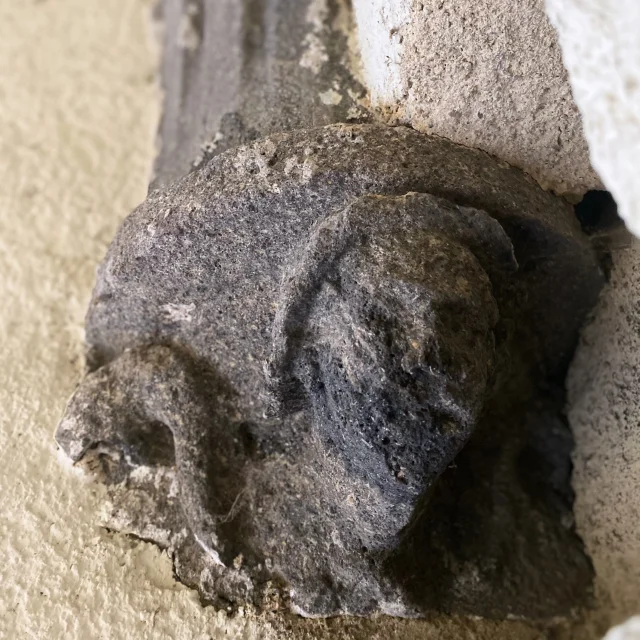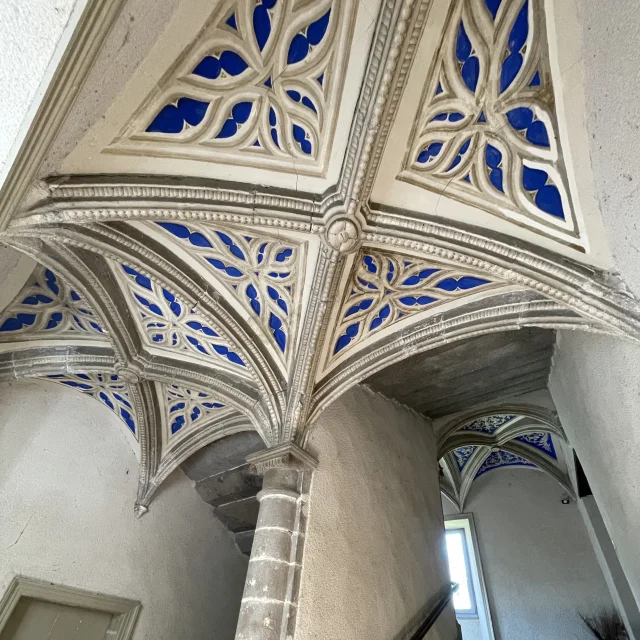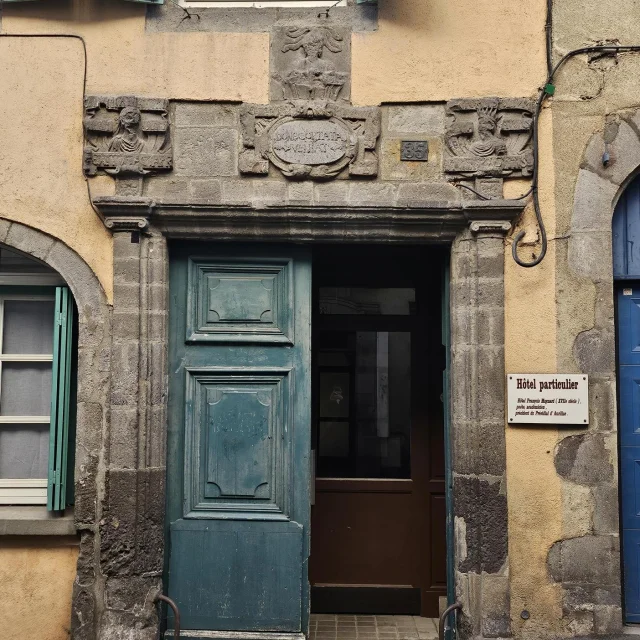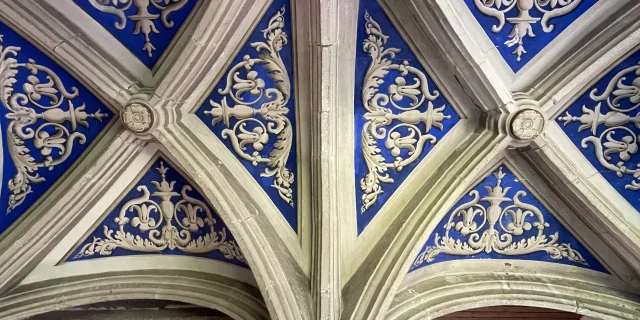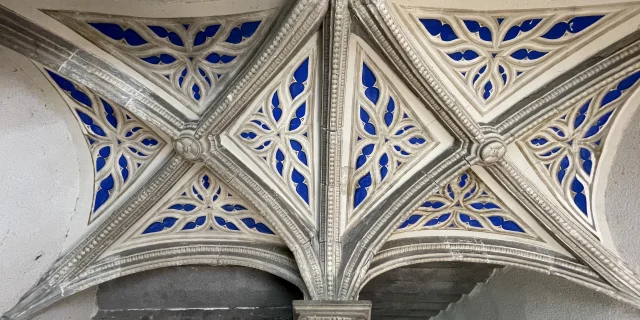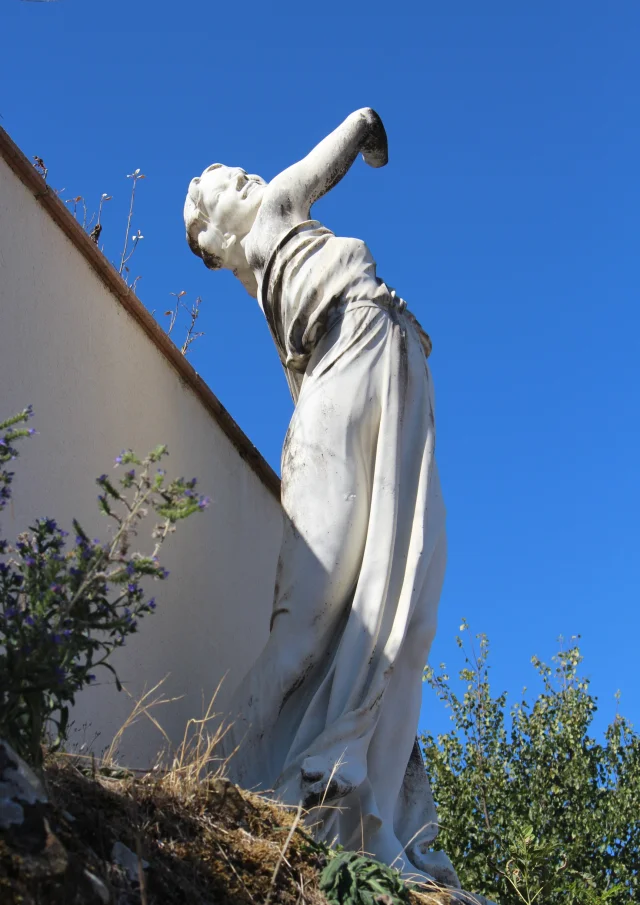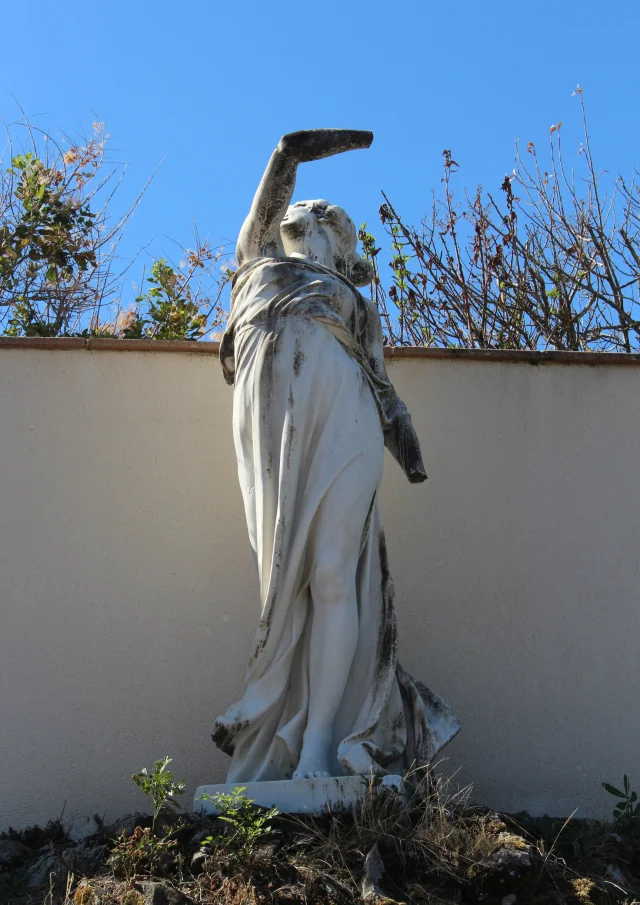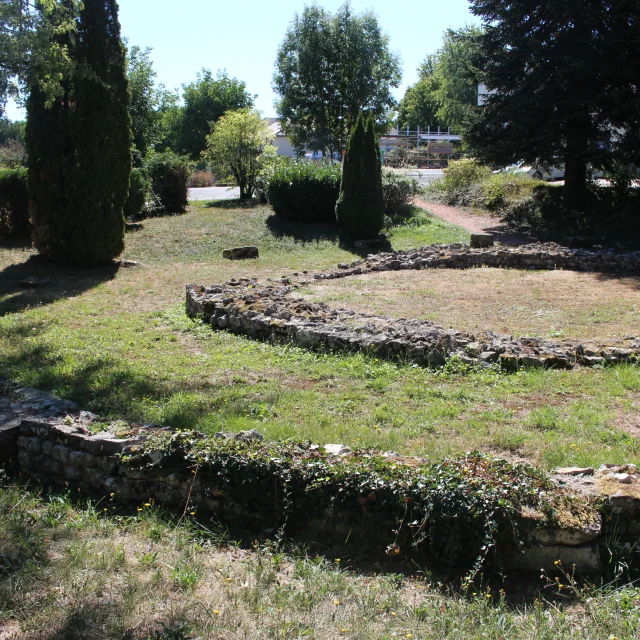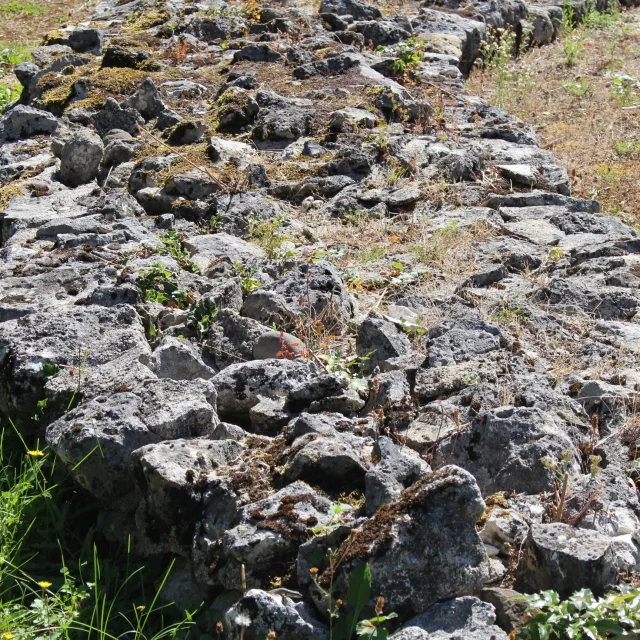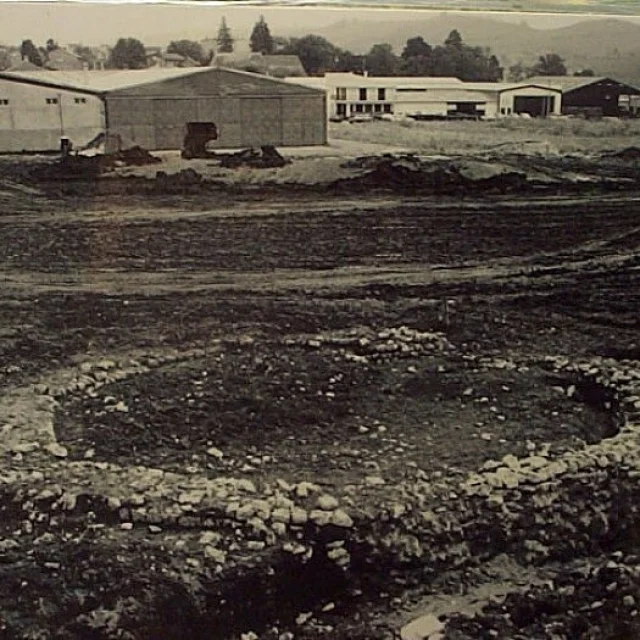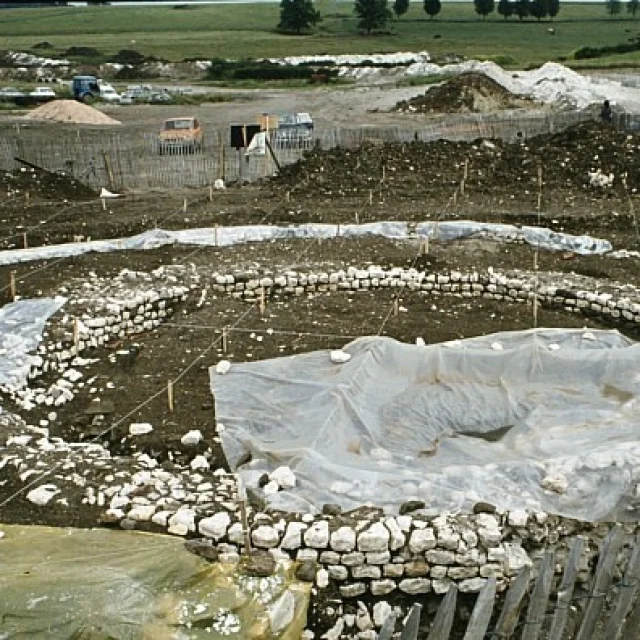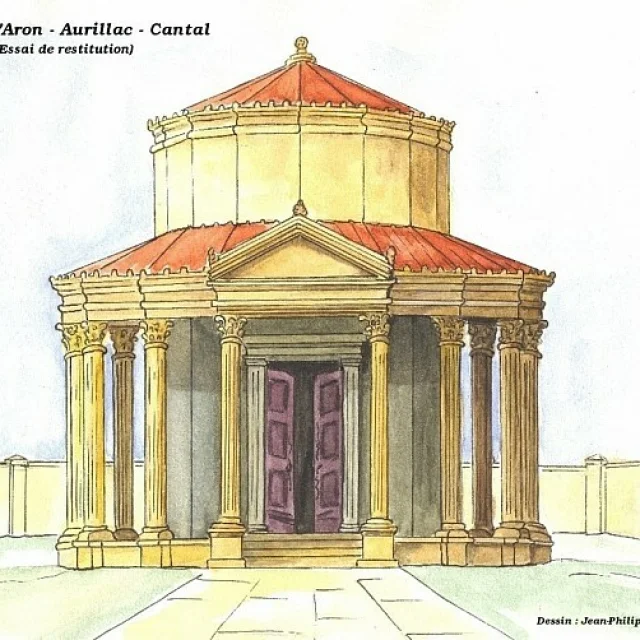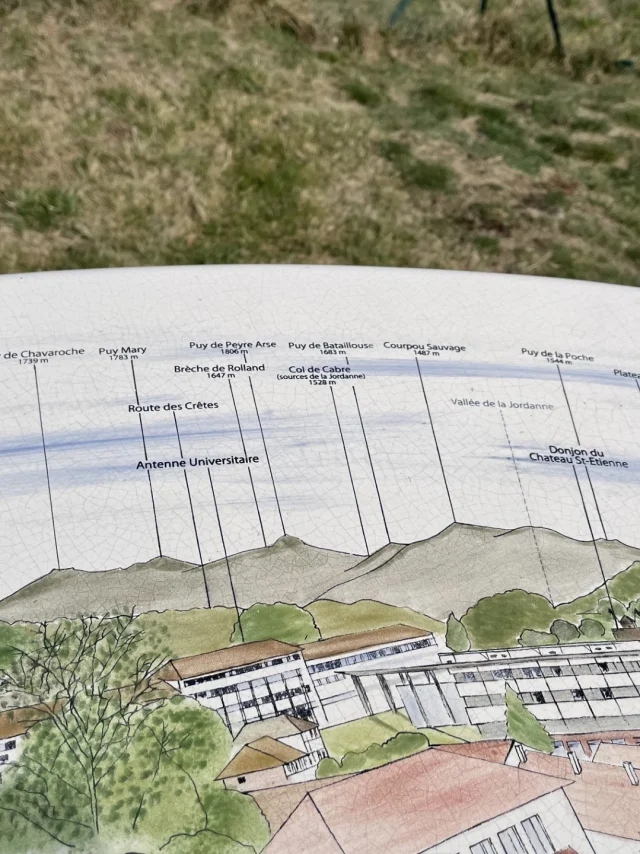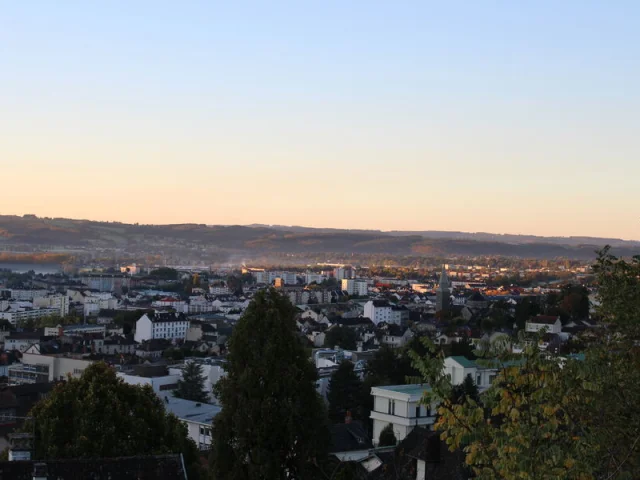La Chapelle d'Aurinquesa historic jewel
Built in 1616 at the wish of the consuls following the town’s deliverance in 1581 during the Wars of Religion, this chapel is a fascinating testimony to local history and the religious fervor of yesteryear. Legend has it that, during a Protestant attack, the Virgin Mary herself appeared on the ramparts, inspiring the construction of this edifice in her honor, on the very spot where she appeared.
Constantin de Combes, in charge of the construction, reused the remains of the Seyrac tower for the bell tower, combining history and architecture in a unique ensemble.
Enlarged in the 19th century, the chapel reveals a number of treasures:
- three votive paintings from 1701 by the painter Fabry (evoking the 1581 battle, the apparition of the Virgin and the thanksgiving procession) ;
- the main altar, featuring a volcanic stone fireplace lintel from the Maison consulaire, bearing 4 coats of arms (of the Cambefort family, the town, Saint-Géraud abbey and Aurillac parish church);
- a 14th-century statue of the Virgin Mary above the altar;
- a 1622 stained-glass window above the door depicting the Virgin and Child Jesus.
 Aurinques chapel - Aurillac
Aurinques chapel - Aurillac
